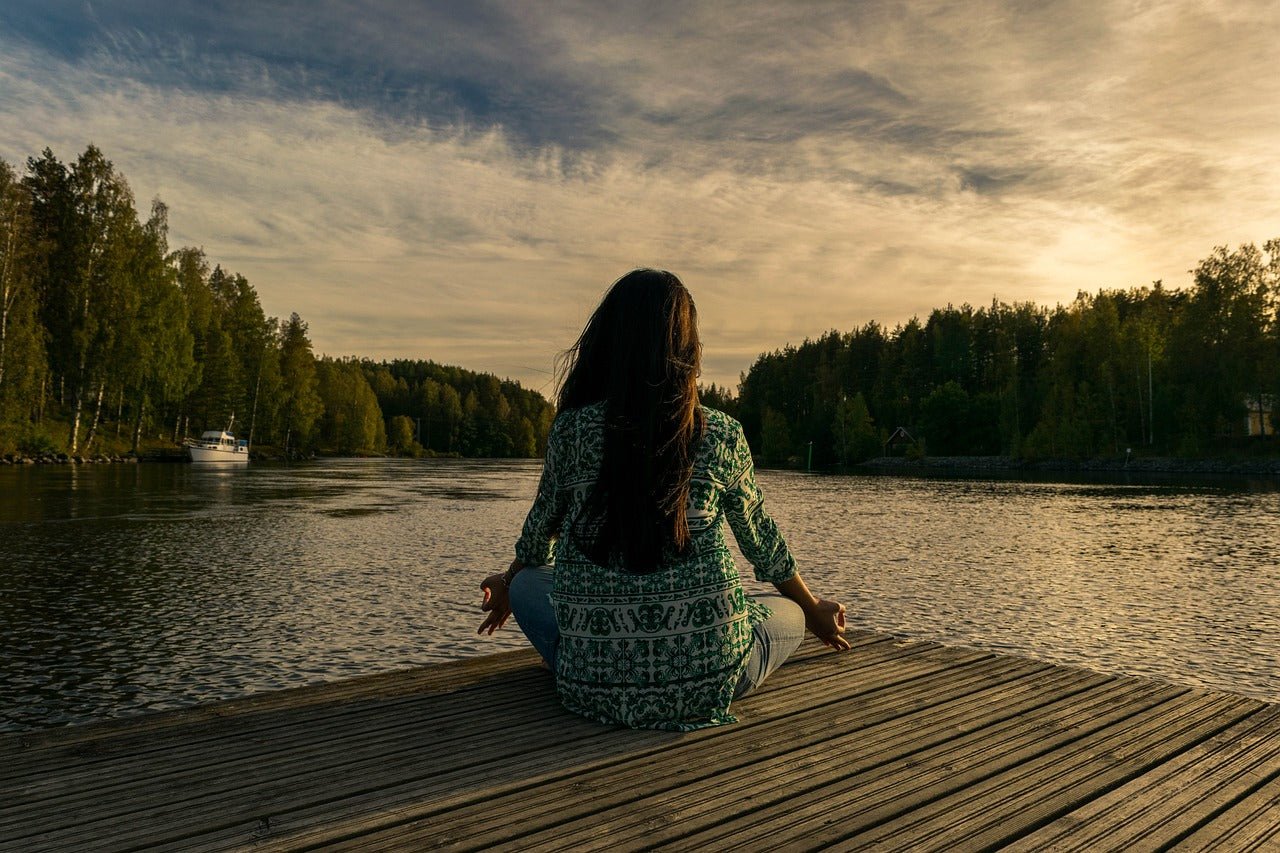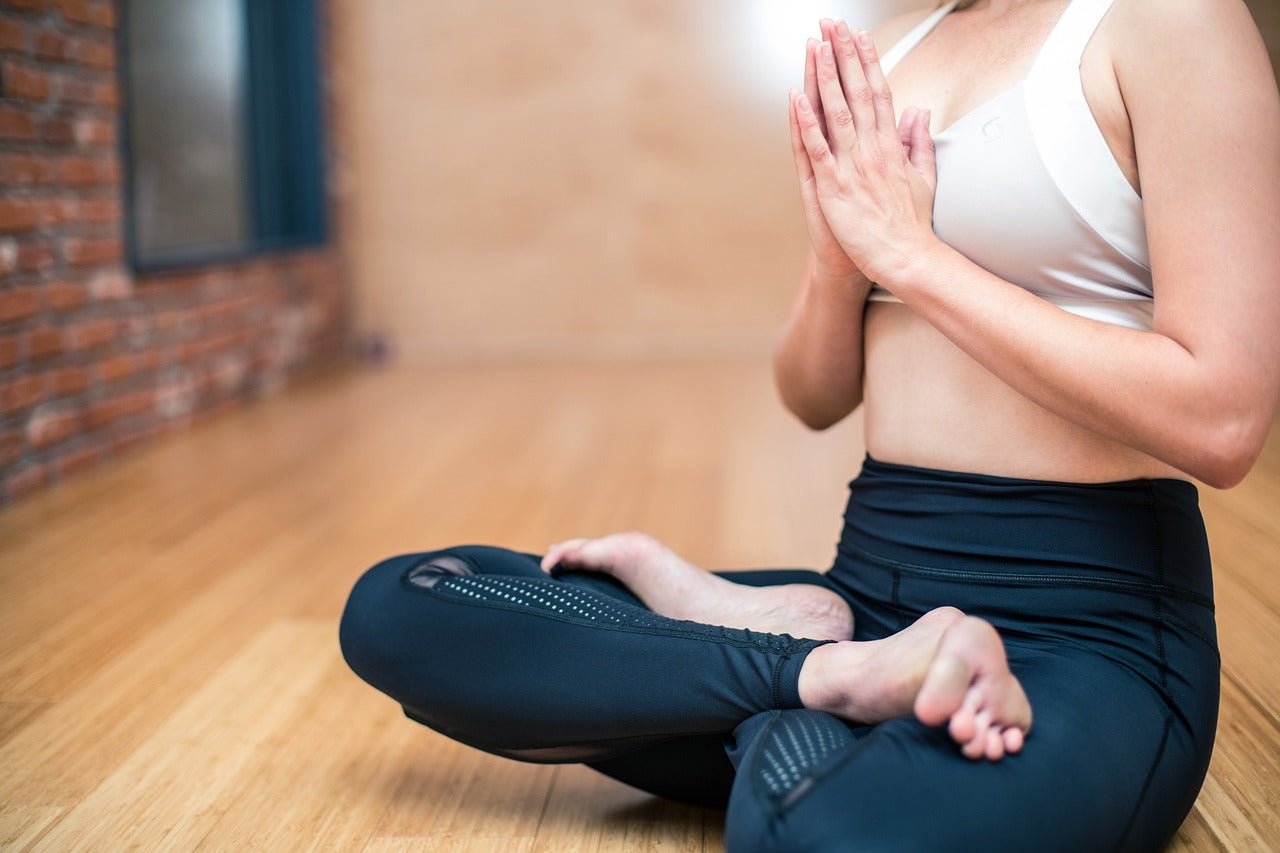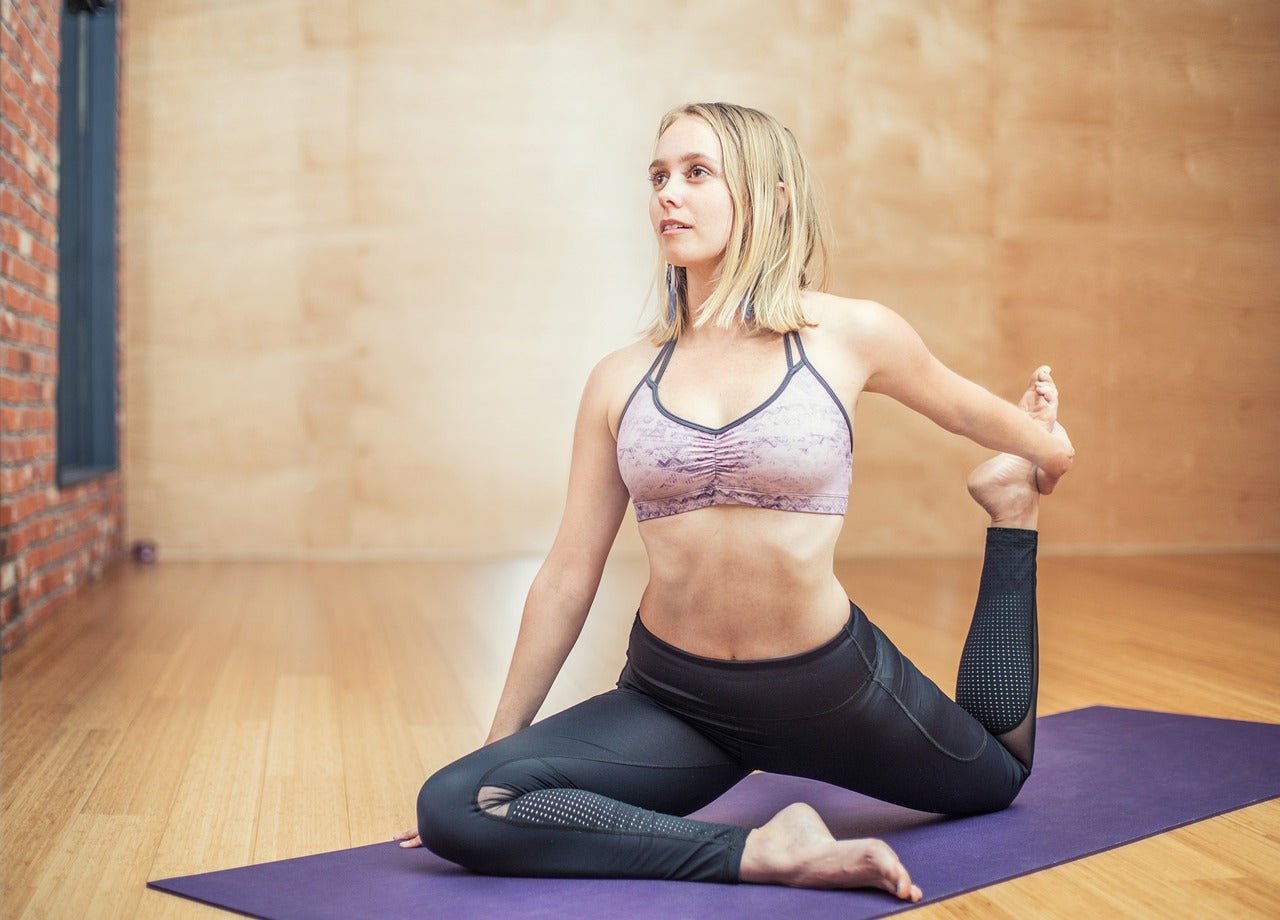
A Beginner’s Guide to Starting Yoga : Tips and Advice
So you’ve decided to start a yoga regimen. You’ve heard that it’s good for your health, can improve flexibility and balance, and introduce some calm and centering into your busy life.
These are all true, but if you’re just starting out, knowing how to begin can be daunting. What gear do you need? What are the most important things to learn? Can you do yoga at home, or do you need to go to a studio?
In this article, we’ll break down all the basics that you’ll need to get started practicing yoga. From gear to postures to how to approach the discipline itself, we’ll break down how and where to start.
Question One : What Gear or Equipment Do I Need?
If you’re just starting out at yoga, the main things to bring along are yourself, a positive, patient attitude, a willingness to learn at your own pace, and a yoga mat. A water bottle, a towel to wick away sweat, and a bag for your yoga mat would be helpful, too. That’s about it.
A good-quality yoga mat is going to help protect your rear end, knees, hands, and feet from the hard floor and allow you to sit comfortably for longer periods of time. There’s a sticky, kind of grippy side that goes face-down on the floor and a soft, squishy side that you sit on.
We recommend investing in a natural rubber yoga mat and a yoga mat bag. A mat can cost anywhere from $25 to over $150. The cheaper mats will be easier to scoop up, but it may be worth it to invest in something more comfortable and durable. Manduka makes some excellent mats, as does Gaiam.
A bag for carrying and storing your yoga mat is important. It can help keep the mat clean, and make it much easier to tote around. To wash a yoga mat, submerge it in cool water and gently wash with a very soft towel. Allow to air dry.
Question Two : What Should I Wear?
You have a yoga mat and a bag, what about clothing? The best choices for yoga apparel are going to be stretchy, comfy, breathable, and soft. Your body will need to be stretching and bending a bit, so leggings and a comfortable tank top are ideal.
Several brands exist that are superlative at yoga clothing like Alo Yoga, Prana, and Athleta. Pick something flexible and comfy and will move with you and keep you cool, either with moisture-wicking fabrics, vents, or both. If you like, you can choose capri leggings to help your skin breathe better.
Go barefoot. Naked feet will release body heat more efficiently, and allow you to connect more with the postures and experience, as well as grip your yoga mat better.
We also recommend bringing a change of clothes with you in your yoga mat or duffel bag to change back into once the studio session is over. While a basic yoga class shouldn’t be too intense, it’s nice to have street clothes on hand so you can get back to your routine easily.
Question Three : What About Those Poses?
The yoga poses or asanas are some of the most daunting aspects of yoga for beginners. Don’t sweat it! Yoga is traditionally more about spiritual balance and peace than what we in the West tend to think of as exercise, so approaching the discipline as a way to get in touch with your body as opposed to winning a sport may be helpful.
Begin with some very basic poses. Sit up straight, relax, and get in touch with your muscles, breathing, and physical self.
If you can’t manage a full lotus position, try a half lotus position. Go easy on your body and start with simple asanas like the Tadasana (or Mountain Pose), Bhujangasana (Cobra Pose), or Adho Mukha Svanasana (Downward Facing Dog).
Allow your body to get used to stretching and posing, and don’t be too hard on yourself if you can only hold a pose for a few seconds. Push your body gently, and allow your muscles, spine, and equilibrium to get used to the process.
Question Four : Should I Take a Class?
You may be wondering if it would be helpful to sign up for a class. Or can you just learn yoga at home? It’s best to allow yourself to be guided by a caring, patient expert in yoga who can help you learn the poses and better understand the spiritual and physical goals of yoga.
Classes may be found through local fitness centers or at dedicated yoga studios. A beginner’s class can allow a teacher to work with you one-on-one and help you reach your goals carefully and in a safe manner.
He or she will be familiar with common challenges that people face physically when starting out, and it is safer to have someone guide you in a clean and spacious studio than to attempt the Eagle Pose in a cluttered living room.
You’ll get the guidance and the help you need and some individual coaching, too. Explain any physical limits you have to the yoga instructor so they understand how to best work with you.
We can’t recommend beginners’ classes enough. You’ll get a much better sense of the purpose and meaning of yoga, and you’ll have an attentive professional to help you learn.
Question Five : Do I Have to Be Flexible?
Absolutely not. No one starts out any practice or discipline already finely honed at it. You do not need to already be flexible, an athlete, or physically powerful to start yoga. Nor do you need an excellent sense of balance.
The process of learning and enjoying yoga involves allowing your body and soul to benefit each other as you gently push limits and teach yourself how to move, breathe, be present, and focus on what is truly important. The flexibility and skill will come gradually, so be patient.
Can’t touch your toes? That’s ok. Do what you can, modify poses to suit your physical abilities, and be patient with yourself. Yoga is not a competitive sport or a fitness test, it’s a physical and spiritual discipline meant to bring peace, awareness, and health into a person’s life.
Again, this is where having a patient and understanding yoga teacher comes in, He or she can help you learn, adapt poses, and will work with you at a pace that your body and mind can both handle. Above all, go easy on yourself.
Question Six : What If I Forget The Names of the Poses?
That’s ok. Many of the names of yoga poses are actually in Sanskrit, an ancient Indian language and the ancestor of modern Hindi. So, if it’s a bit difficult to remember, just peek at what others around you are doing, and follow their lead.
The longer you practice, listen, and learn, the easier the poses will be to remember. Don’t expect to be able to remember every English or Sanskrit name for every pose right off the bat. Just take it slow, take your cues from those around you, and remember, this is not a competition. It’s a journey. You are absolutely fine at any stage you are in.
Question Seven : How Can I Get Better at Focusing?
Meditation is actually a big part of yoga. The final asana called Savasana involves seated meditation and focus at the end of every session. So how can you get your mind to wind down and into a more spiritual, relaxed space?
We recommend limiting sugar, caffeine, social media, and general smartphone use. Yep. Your smartphone addiction is likely harming your nervous system and rewriting your brain in damaging ways, making it tougher to concentrate.
Eating a healthy, balanced diet of whole foods can help, as can getting out in nature, walking, or listening to calming music throughout the day. The less distracted and wound-up we are in day to day life, the calmer we’ll be in the studio. Remember, yoga is more than just physical postures, it’s a way of life meant to yoke us to what’s really important.
Give your mind time to settle down, too. It may be tough to focus at first, but deeper stillness and patience will come with time.
Final Thoughts
Yoga is a classic Indian path of spirituality, physical postures, and meditation meant to allow both the body and mind to guide us towards peace and wholeness. The breathing techniques, stances, and sessions all work together to bring about greater calm, health, balance, and peace.
Go easy on yourself if you're just starting out. Invest in a yoga mat, some comfortable leggings and a tank top, and a yoga bag for the studio. A beginner’s class would be a great help, where you can get one-on-one guidance and learn yoga in a safe, clean, spacious area.
Don’t worry if you’re not flexible. Greater flexibility will come with time. Feel free to modify stances if you’re not comfortable yet, and explain any physical limits to the yoga instructor. Go at your own pace, and let your body learn naturally.
Finally, a healthy and mindful lifestyle can go a long way in the yoga studio. Reducing distractions, noise, and worry in your day to day life can help your mind calm down during sessions, as can eating a healthy and balanced diet. Yoga is more than just stretching; it's a way of life meant to connect body and soul to what really matters.
Want to get started on buying some yoga wear? Then take a look at our collection. We have plenty of sports bras and sweatshirts to help any yogi find peace in style. Be sure to check out our other articles.




